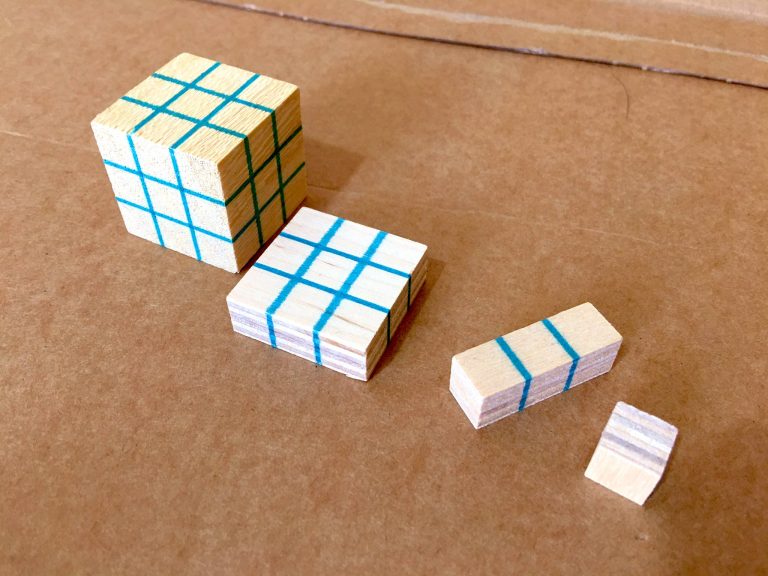Teaching with multi-base : Escaping my own base-ten world first
Fish don’t know they’re in water. If you tried to explain it, they’d say, “Water? What’s water?” They’re so surrounded by it that it’s impossible to see. They can’t see it until they jump outside of it. Derek Sivers Sitting in a park in central London on a warm, sunny June 2018 day I knew…
